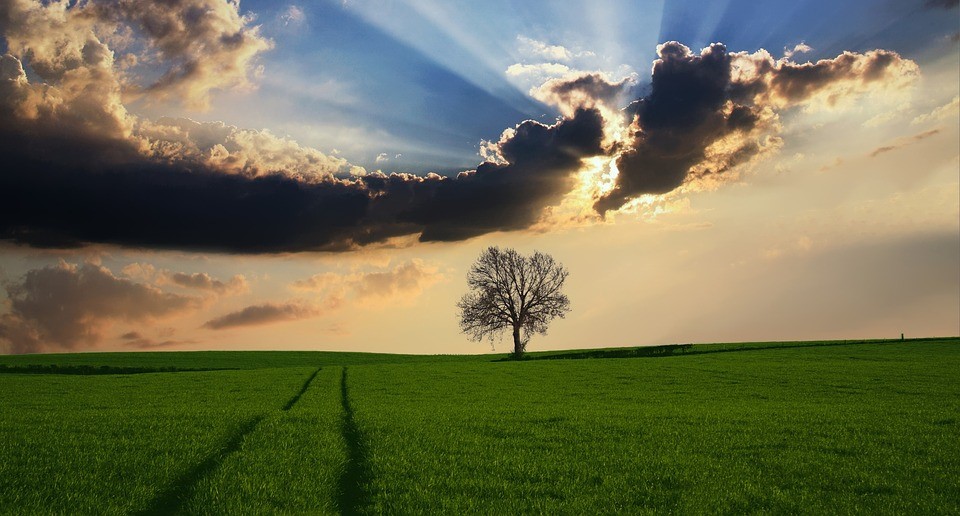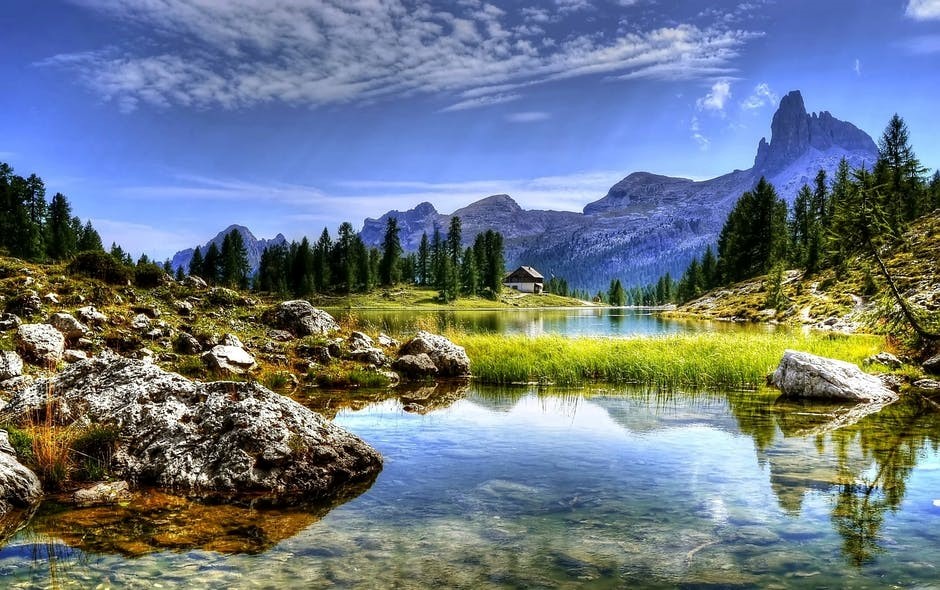Getting out in the countryside is one of life’s great pleasures, feeling the wind brushing past and the sun on your skin, and breathing fresh air. Capturing the views you see as an image can be difficult,al though with practice and some clever tricks, it is possible.

1. Depth of field
Simply put, get as much of the scene into focus as possible. Adjust your camera to allow for a small aperture setting and you’ll get a much better depth of field.
That doesn’t mean there shouldn’t be a focal point, something to draw the eye, which in landscape photography could be a building, a tree, even a silhouette. They work because they give the eye something to fix on.
The skill for a landscape photographer is being able to see where the focal point should be, though using the Rule of Thirds can help with that.
2. Lines
Similar to a focal point, having lines in the shot shows the viewer where to look, making it a more interesting image. Lines should lead the eye into the photograph, and having them angled makes them more interesting again. Think fences, buildings, trees, even shadows, and create some pattern in your picture.
3. Horizon and skyline
Following on from lines, think about the horizon in your image. If it’s slightly off-kilter, it will be glaringly obvious, though can be fixed with post-production. Most landscapes will have a dominant foreground or a dominant sky, so make sure your image reflects that.

4. Use a tripod
Using a tripod will help keep your images sharp. A wireless shutter release can also help in keeping the camera still.
5. Movement
Landscapes are rarely completely still; water is running or wind is blowing, which can be difficult to capture in a still image. A longer shutter speed can help, with a tripod, and you’ll start capturing mood and drama.
6. Perspective
Sometimes, the biggest difference you can make to an image is to change your point of view. That could be as simple as taking a step to the side, standing on a box or even lying down.
See Photography Life for more ideas to help improve your images and set you on your way to becoming a landscape photographer.
Above all, getting outside and experimenting will see the biggest improvement in your photography.